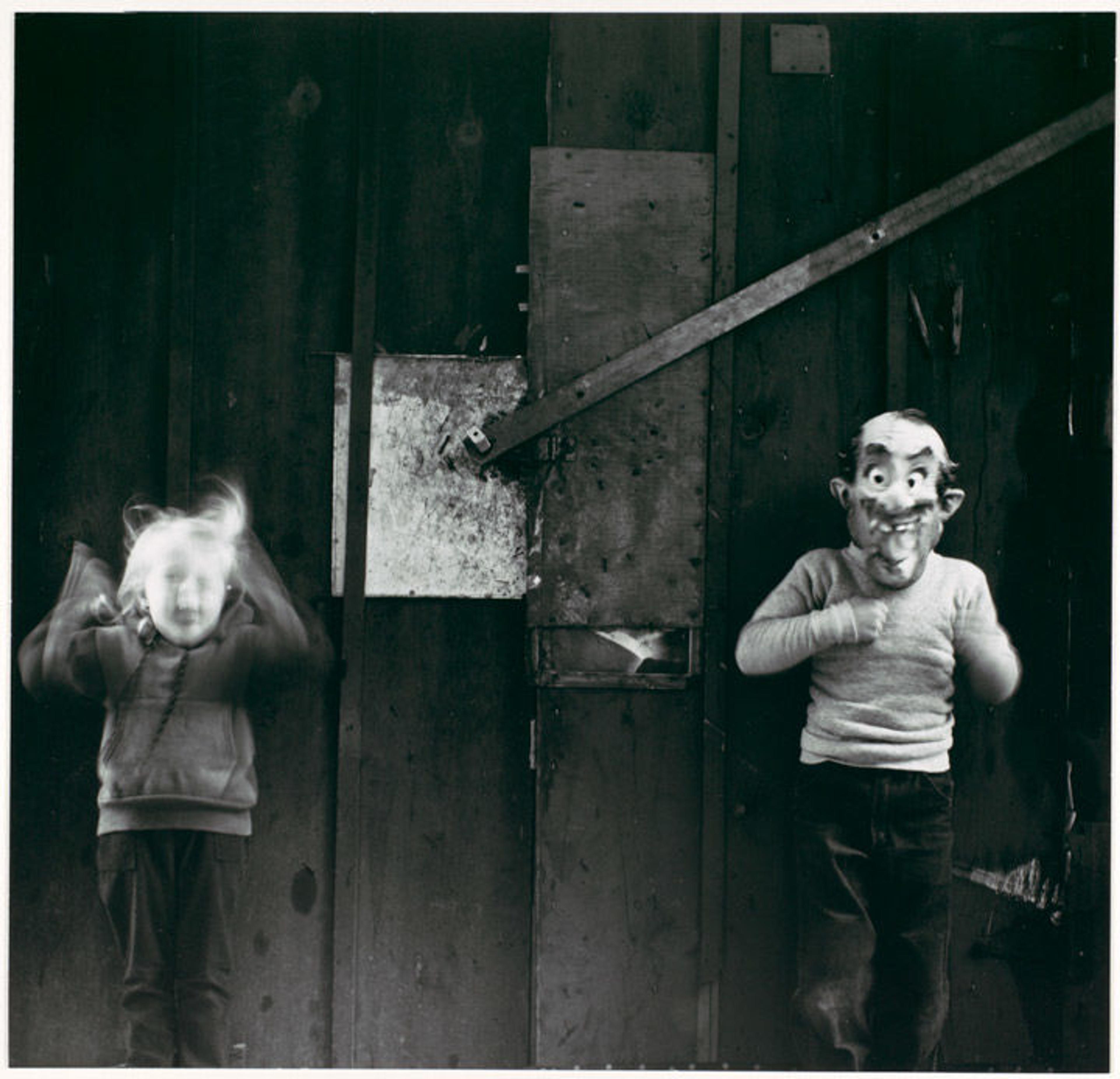
Martin Munkacsi (American [born Hungary], 1896–1963). Fun During Coffee Break, 1932 Gelatin silver print; Image: 11 9/16 x 9 1/4 in. (29.4 x 23.5 cm). The Metropolitan of Art, New York, Gilman Collection, Purchase, Ann Tenenbaum and Thomas H. Lee Gift, 2005 (2005.100.165) © Joan Munkacsi, courtesy Howard Greenberg Gallery
«In this day and age, anyone with a smart phone sees themselves as a photographer. Any time I take a photo with my friends, there is always a moment in which someone says how easy photography is. It seems that it has become a habit to forget that it is actually an art form. To be honest, before I began interning here at The Met, I found myself forgetting that, too, so I think it's important for people to be exposed to photographs other than the ones they take with their phones.»
While looking at the online collection, I selected any photograph or title that caught my eye and could serve as inspiration for my own work. Most interesting to me were the strange, surrealist photographs that might not necessarily come to mind when one thinks of art. While comparing my creations with ones I found here at The Met, I explored how everyday photos differed from ones that hang on museum walls.

One of the photographs I chose as inspiration for my own photography was Martin Munkacsi's Fun During Coffee Break, in which two dancers take bold poses. An example of surrealist photography, the strange scene forces the viewer to think about what is truly happening. Unlike the emotional depth Munkacsi's captured, my photograph shows a simple moment of enjoyment.
Karla. Fun During Coffee Break (Arielle G. on her lunch break at McDonalds)
Photographer Ralph Eugene Meatyard posed his family and friends with props in dark, mysterious environments to create works like Occasion for Diriment. The blurred figures in my photograph echoe Meatyard's by conveying a mood of high spirits, fun, and humor, as well as a sense of unrest. However, Meatyard's is certainly more haunting and, unlike mine, was planned in advance.

Ralph Eugene Meatyard (American, 1925–1972). Occasion for Diriment, 1962. Gelatin silver print; 7 1/16 x 7 3/8 in. (18.0 x 18.7 cm). The Metropolitan of Art, New York, Rogers Fund, 1967 (67.543.29) © The Estate of Ralph Eugene Meatyard, Courtesy Fraenkel Gallery San Francisco
For my photograph, I didn't take time to tell my friends to pose a certain way or to try to act a certain way; it just happened. I saw an opportunity and grabbed my phone, and that was all that went into my process.

Trying to recreate these photos helped me understand that producing surrealist images takes more than simply snapping a photo on my phone; one can't rely on luck alone to make a photograph that conveys a certain message.
Karla. Emely H., Jasmine B., and Paul J. during study hall
Whether they are looking at a photograph in a Museum or trying to create a moment with friends, many people enjoy photography. As an art form, photography has the ability to convey a deeper meaning: it can serve as inspiration for other artworks, convey a time period, or express an emotion. Perfecting your photography takes time and effort. Everyone should enjoy photography, but no one should forget that it is truly an art form.